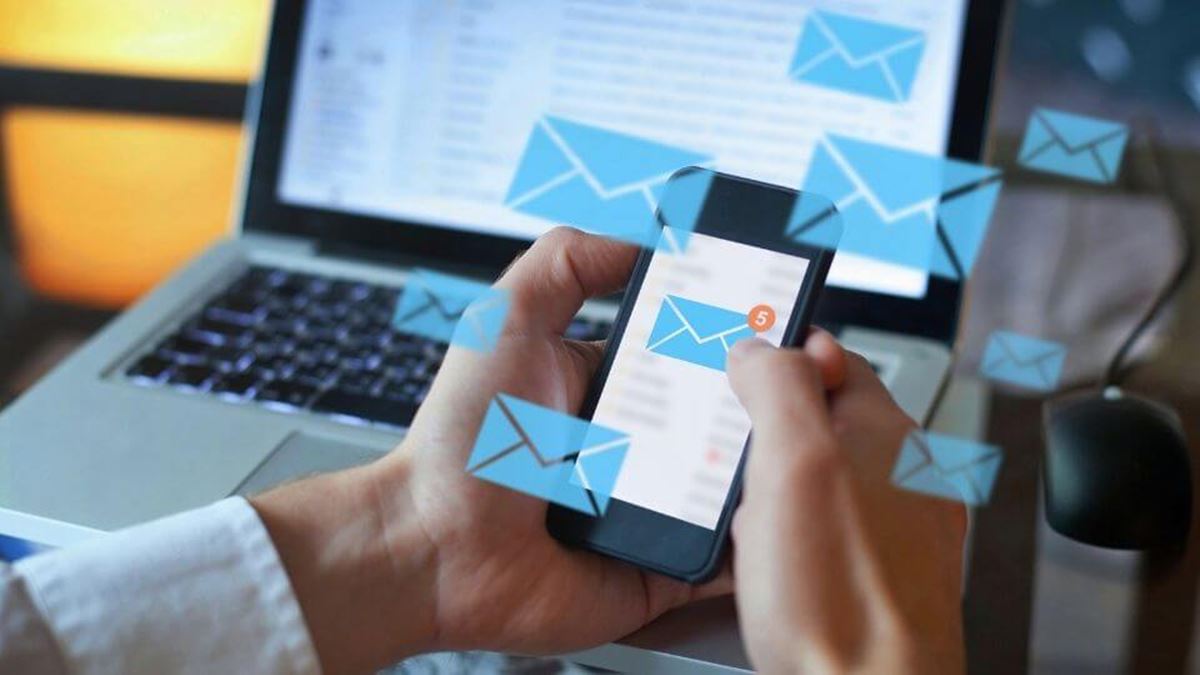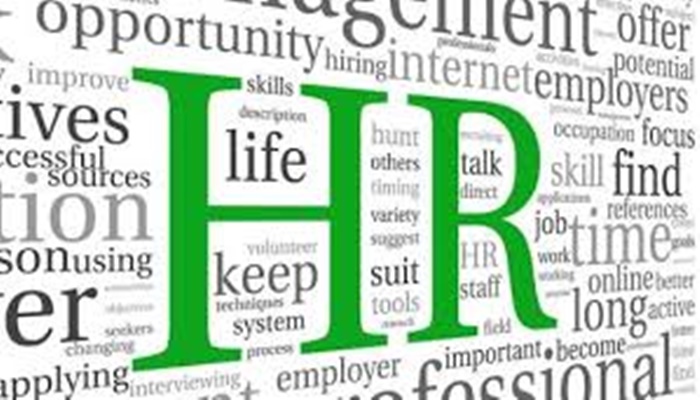The speedy rise of AI in the workplace presents many potential benefits for the future of work.
Companies can now use workplace AI to improve a wide range of processes, from communication and security initiatives to better space planning and even a more inclusive company culture.
Of course, this assumes they fully understand these new technologies in the workplace, and that they implement and use them correctly.
In this article, we’ll explore AI in the workplace, focusing how workplace AI can lead to better, safer, and happier work environments, and, of course, a healthier bottom line.
How are companies using AI for work?
Most people are now familiar with artificial intelligence, or AI, thanks to a steady stream of news reports and (often alarmist) think pieces. It’s essentially any technology that mimics human interaction and intelligence, such as speech recognition, reasoning, decision-making, and pattern identification. ‘AI’ can also refer to this entire field of research.
AI systems use algorithms to both solve complex problems and automate simple or repetitive tasks.
In the workplace, AI technology is used in a variety of ways, often to reduce human error, save money, and make better, data-driven decisions for the entire organization (and everyone in it).
What’s the difference between generative AI and traditional AI?
Artificial intelligence (AI) has become a broad term encompassing a variety of technologies, each designed to serve distinct purposes. In the workplace, two primary types of AI are emerging as game-changers: traditional AI and generative AI. While both leverage powerful algorithms to solve problems and improve efficiency, their applications and strengths differ. Traditional or “Narrow” AI responds to a specific set of data to predict or make decisions based on the input, while generative AI, which is trained on large sets of data from across the internet, requires only a simple prompt to create entirely new text, video, or images. (See our FAQ section at the bottom of the page to learn about the various types of AI.)
In practice, using generative AI in the workplace could include crafting a sales pitch, presentation, or email, based on a prompt. Conversely, employees may use traditional AI at work to search their company’s knowledge base to get a specific question answered. We’ll get into more use cases for AI at work below.
It’s important to note that workplace AI is quickly becoming a competitive necessity.
In 2022, a Deloitte Insights survey found that 91% of business leaders report having an enterprise-wide AI strategy. This is most often around areas like generating insights, lowering costs, improving collaboration, and optimizing processes.
“While AI adoption rates and maturity vary widely across industries, AI is driving new levels of efficiency and performance for businesses of all sizes,” says Deloitte’s Irfan Saif, U.S. AI co-leader, Deloitte Risk & Financial Advisory. “Organizations have the opportunity to unlock the full potential of AI when they embrace it and deploy it at scale throughout their enterprise.”
Where is AI used in the office?
While the sky may be the limit in theory, in practice, AI-driven initiatives in the workplace today are usually seen in three major areas:
1. Automation
When people talk about AI in the workplace, they’re often referring to systems that automate a range of processes. This is typically with the goal of maximizing efficiency.
Simply put, if a task is simple and/or repetitive, AI can easily replicate it.
Automated responders, automated customer service, and smart assistants are all common use cases here. But lots more is up for grabs… Data entry, customer onboarding, payroll processing, price optimization, appointment scheduling, sales forecasting, security surveillance, and many elements of the hiring process are just some of the examples that fall under this category.
2. Data
Companies now have the ability to collect an enormous amount of data.
But being able to collect data, and being able to put it to good use, are two different things.
That’s why companies are now using AI to transform all steps in this process. Including: data collection, data processing, and data analysis.
This ensures that companies have access to the right real-time and historical metrics they need to make better choices for both the short and long term.
3. Communication, collaboration, and culture
Finally, AI apps and technologies can help to support the social side of work.
Voice to text and autocorrect are some of the most basic applications here. But a variety of more sophisticated options, like natural language processing, smart meeting tools, and sophisticated collaboration platforms can all help facilitate communication and collaboration within an organization.
As we’ll explore in more detail below, in this and other ways, AI can help support wider company culture efforts overall.
What is the impact of AI in the workplace?
When used properly, AI in the workplace can lead to tangible gains (like cost savings and productivity). It can also lead to more intangible gains, like happier and more diverse employees, and a more employee centric culture.
As you might expect, AI tools can have a dramatic impact on productivity and improve workflows in the office. In fact, two-thirds of business leaders in one recent study found that employee productivity ‘substantially improved’ through the use of AI.
It’s these types of cost-savings and productivity gains that tend to garner the most headlines. Yet, one the more profound and sometimes overlooked impacts of workplace AI centers around employee experience and engagement.
In fact, that same recent study found that half of those surveyed also saw notable gains in employee engagement.
We’ll cover more about how technological advances in AI can specifically impact employees below.
What are the benefits of AI in the workplace?
Workplace AI is still relatively new, as companies test to figure out how to maximize benefits for both their employees and bottom line.
In fact, a Deloitte study found that 74% of businesses are still in an experimentation stage when it comes to figuring out their approach to AI. This means that AI benefits aren’t set in stone for any workplace, as companies explore the right solutions for their needs.
That said, most can expect some combination of the following benefits from workplace AI.
1. Cost savings
First and foremost, many of the benefits of workplace AI are specifically for increasing cost savings and/or generating revenue.
To start, automating repetitive tasks typically done by employees frees up time to spend on more high value activities.
Meanwhile, improved efficiencies can reduce waste, streamline production processes, and help increase profits.
Providing a better customer experience can lead to higher customer satisfaction overall, along with a reduced need for additional customer support staff.
Fraud detection can reduce losses, and energy efficiency can reduce resource spending (along with more benefits we’ll explore below).
Indeed, virtually every benefit of workplace AI listed below can lead to cost savings (and/or revenue growth) in one form or another.
2. Data-informed decisions
Similarly, having access to more and better data is a benefit that in turn supports many of the following benefits. Being able to leverage big data and combine a variety of large data sets can lead to better decision making while also mitigating risks.
Of course, this only works when AI not only helps collect data, but also is able to synthesize it into accessible and digestible workplace reports and analytics.
“The dimensions of how people are using the office have changed dramatically,” says Kathleen Williams, Senior Product Manager at OfficeSpace. ”Without advanced workplace analytics, people won’t have a good idea of how to see what’s actually happening in their workplace, which is where data analytics comes in.”
3. Predictive maintenance
Predictive maintenance (ideally supported with AI) is quickly emerging as a facilities management (FM) best practice.
This is not surprising, given that studies show predictive maintenance can reduce downtime by up to 50%, breakdowns by up 70%, and maintenance costs by up to 25%
Data collection, machine learning, and predictive maintenance algorithms can all better determine when and where to take proactive measures to prevent equipment failure.
This in turn can lead to reduced downtime, improved safety, and, of course, cost savings, among many other benefits.
4. Greener offices
It is now incredibly easy for companies to leverage workplace AI to reduce the amount of resources they need to comfortably service their employees and operations. Often accomplished by integrating the organization’s BAS with AI designed around sustainability, this can naturally help support any environmental initiatives they may have.
For example, using sensors can help with energy optimization (no need to have the lights on when nobody’s in office, for example). Companies can also use AI to monitor resource use and to help reduce waste.
5. Safer offices
Companies can use AI technology like hazard detection, video surveillance, and security screening to create safer and more proactive workplaces. Sensors can also help identify how many people are in an area in the case of an emergency.
AI technology can also help to keep IT and BAC systems more secure, too.
6. Flexible offices
Today, more and more companies are embracing flexible work arrangements and more agile spaces. Also, more and more are using AI technologies (namely office sensors, data analytics, and workplace collaboration tools) to support them.
In short, whether companies want to offer a flexible seating arrangement (like hot desking or office hoteling), fully adopt agile working, or better align evolving hybrid schedules with their existing infrastructure, a variety of AI systems can support them in this process.
7. Better communication
We’re all familiar with voice to text technologies and autoresponders popping up to fix our grammar on emails. And we may rely on different communication and collaboration platforms throughout the workday. But AI programs have a lot more up their sleeves when it comes to improving communication.
For example, sentiment analysis tools can help identify any issues before they become widespread problems.
And AI-powered tools can also help provide training, accountability, and accessibility. All of which can lead to better teams and better teamwork.
8. Better collaboration
Flexible offices and enhanced communication feeds into another key workplace AI benefit: enhanced collaboration in the workplace. The aforementioned collaboration platforms to facilitate connecting with employees play a role here. But AI can help support collaboration in other critical ways, too.
Namely, the more companies are able to use workplace data analytics to better optimize collaboration spaces, the more they’ll be supporting their long term collaboration strategies for the workplace.
For example, data from room booking software may show a marked employee preference for huddle rooms set up for Zoom calls. If that’s the case, a company can make more of these rooms, add cameras to their existing rooms, or both. Planning meeting room design around how employees actually want to meet is almost always a good idea.
HubSpot’s AI tools enhance workplace collaboration by automating repetitive tasks and enabling data-driven teamwork. Features like Breeze Intelligence analyze CRM data to bring out actionable insights for cross-departmental alignment, while AI Meeting Assistant streamlines preparation and post-meeting summaries.
Integrated workflows in HubSpot’s platform automatically route tasks between teams, maintaining context across marketing, sales, and service interactions. The automated workflows using HubSpot helps 72% of leadership teams achieve measurable productivity gains in cross-department collaboration.
9. More diversity
There are many human traits that computers can’t fully emulate, and may never fully emulate. That’s why, despite some worries about AI (which we’ll explore below), human workers will always be the heart of the workplace, even one heavily invested in digital workplace transformation.
But there is one human trait that AI absolutely can, should, and will be correcting: human bias.
That’s why more and more, human resources professionals are using AI in their workforce strategies, taking advantage of new ways to build more diverse and inclusive teams. Practices like blind resume screening, soft-skill assessments, and using AI to craft bias-free questions for the interview process can all help build more diversity into the hiring process.
Meanwhile, AI-driven microaggression coaching programs and other initiatives are now often part of larger, company-wide initiatives to build trust and inclusiveness within teams.
That said, as McKinsey research makes clear, there’s still work to be done in this field. In fact, depending on how it’s created or deployed, AI even has the potential to exacerbate bias.
“AI has the potential to help humans make fairer decisions—but only if we carefully work toward fairness in AI systems as well,” say Jake Silberg and James Manyika, writing for McKinsey & Company.
10. Streamlined HR
HR departments everywhere are seeing digital transformation that is bringing in AI elements. This is to make their processes more fair, efficient, and, ultimately successful.
Like we’ve just discovered, HR managers can use AI to help make their hiring and personnel decisions more inclusive.
Beyond this, they can use AI in a variety of ways in the recruitment process (like with resume scanning to identify top candidates), and in onboarding (like automating paperwork). They can also use AI in a variety of employee engagement, upskilling, and training and development initiatives.
11. Streamlined space planning
Good space utilization is a hallmark of effective workplaces. But, as we’ve covered, it can be incredibly challenging for companies that embrace hybrid work. The reality is that hybrid leadership can only hope to rise to this challenge when they’re supported with AI-analyzed workplace data.
With the right data, space planners, facility managers, and other decision-makers can see average and peak occupancy ranges over time, to see which areas of the office are most popular and/or effective. Then, they can build more of those spaces. This helps them to create more engaging physical offices, all while also rightsizing/reducing their corporate real estate expenses.
“It’s when you pull these different workplace metrics and data points together you can feel more confident that if you make a change, it’s not going to have a negative impact on your people because you have all the data to support this decision,” says former OfficeSpace CEO David Cocchiara. “This is why I believe workplace experience software is going to be imperative as you start to make these space planning decisions.”
12. Happier and more productive employees
Yes, a company might appreciate how AI impacts their bottom line, but working in better spaces with better tools and in better workflows can also have a dramatic impact on employee experience.
So, not surprisingly, the sum total of all of the above benefits can also lead to happier and more productive employees.
Yes, this may be of particular concern presently due to our current competitive labor market. Regardless, having happy employees is always a smart strategy, in any labor market.
What are real-world examples of using AI at work?
There are examples of AI in the workplace in virtually every sector. It’s in industries from startups and call centers, to healthcare organizations and massive tech conglomerates, and everything in between.
Not surprisingly, a variety of large companies are embracing enterprise AI. Walmart uses machine learning to help employees know when to restock shelves. AT&T uses it for cybersecurity. General Motors is using generative design to make better cars.
Cutting edge remote work companies use AI to improve virtual meetings, and traditional in-office organizations might need it to shore up security in their building automation systems (BAS).
HR departments across the board are increasingly on board, too. They’re using AI more and more in the hiring processes, as well as in talent retention and attraction efforts. Indeed, a SHRM study found that 79% of HR organizations now use AI and automation for recruitment and hiring.
Even social media platforms are getting in on the action. For example, LinkedIn now offers AI online training courses, and virtually every platform has programmers working to make safer and better experiences for their users.
And of course, anytime Netflix recommends a great show or Amazon knows what you need to buy before you do… That’s AI at work.
In short, companies of all shapes and sizes can use AI, and practically all departments within an organization should be able to find ways to benefit from these new and growing office workplace technologies.
Two specific workplace AI examples
Specifically, two common examples of specific AI being used in the workplace are chatbots and office sensors.
Chatbots
Chatbots are programs that use natural language processing to communicate with people (usually via text). They’re often found on websites or customer service channels to answer questions and resolve common issues. Companies can also use them for order processing and tracking, lead generation, and other marketing efforts.
When companies use this type of AI, they free up time for customer service reps (and others) to tackle bigger and/or more complex problems and tasks. The idea isn’t necessarily to replace human labor. It’s to free up human labor for more dynamic and revenue-generating tasks (like sales), without sacrificing customer experience in the process.
A prime example of this technology in action is Ossie, OfficeSpace Software’s AI assistant. This virtual assistant is designed to provide 24/7 help in finding essential information regarding OfficeSpace products and services, allowing employees to focus on the work that matters most. From simple inquiries like ‘How do I book a desk?’ to more complex ones such as ‘How do I select multiple employees to move when creating a floor plan?’—Ossie is equipped to deliver accurate and swift responses.
The implementation of AI not only enhances efficiency by streamlining information retrieval but also significantly improves the overall user experience, embodying the seamless integration of AI in the workplace.
Office sensors
Office IoT (Internet of Things) sensors are also increasingly common, especially in hybrid workplaces. These are the physical devices that collect data about their use and/or the environment around them. While these devices don’t technically classify as ‘AI,’ they do rely on AI technology to process and analyze the data they collect.
Sensors have a variety of applications—many of us already use them in our homes or cars. In the workplace, they often take the form of occupancy sensors. These are motion sensors that track occupancy rates, over time, across different (and often granular) areas of the workplace.
When these sensors pair with real estate analytics, space management software, and other AI systems, they can improve real estate portfolio management and facilities reporting. This in turn can help space planners ensure they’re following space management best practices without sacrificing employee experience.
Meanwhile, these sensors can also provide workplace metrics to help leadership better manage real estate forecasting going forward.
All of these capabilities can be especially useful in a hybrid office setting, where workplace utilization is increasingly dynamic.
“Today, we’re talking more about real-time presence data,” says Cocchiara. “Are you at a desk, are you in a meeting room, are you sitting in an open space, are you at a high-top near the kitchen because that’s just how you like to work?”
In short, using AI and other technologies to answer these questions is critical for anyone looking to create an optimized workplace strategy.
Source – https://www.officespacesoftware.com/blog/ai-in-the-workplace-ai/



















